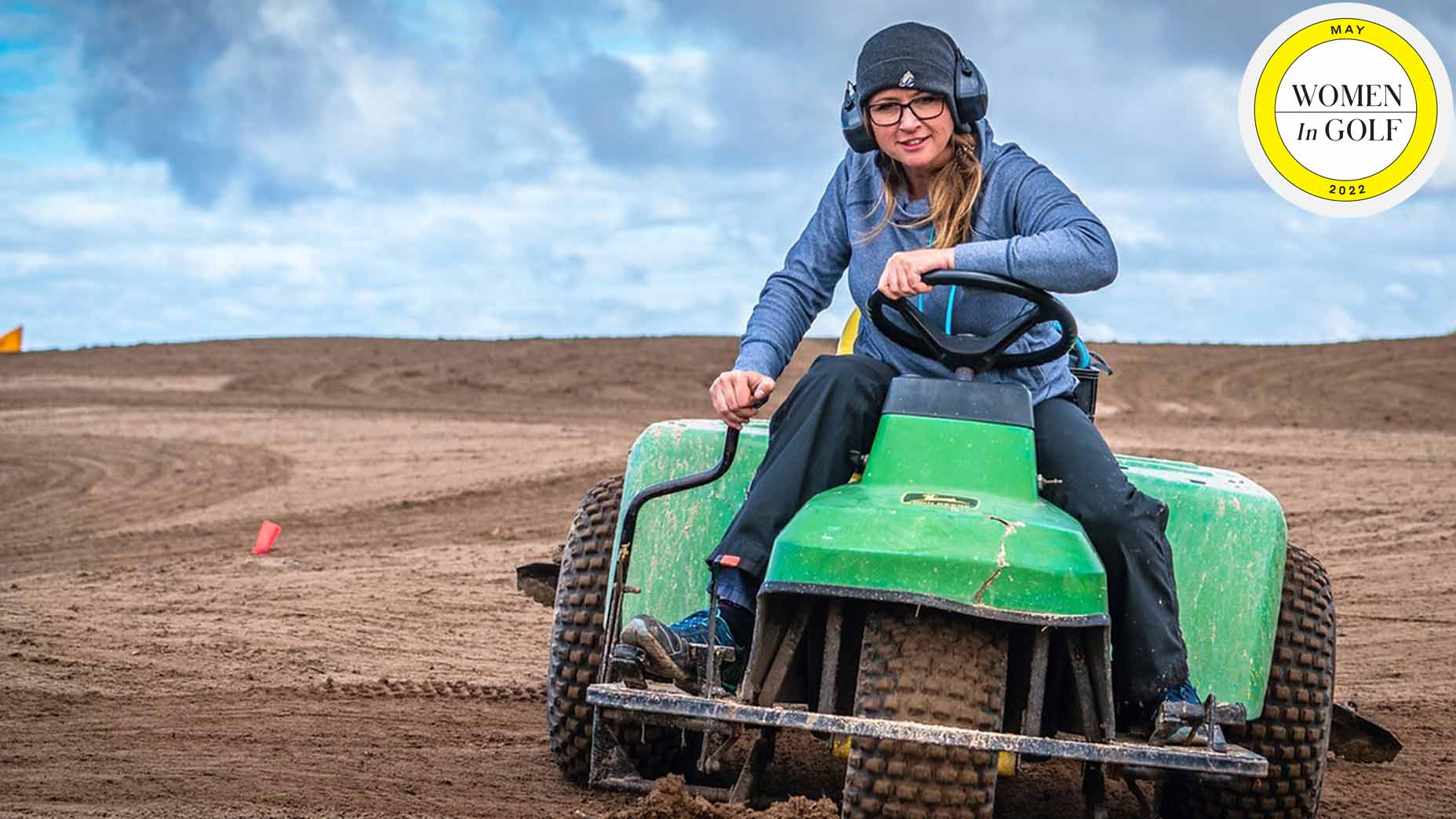If you’ve set foot on a golf course over the past two years, you’ve likely noticed the obvious: The game is booming. That includes women, too, but the momentum is apparent in another realm: leadership roles. As you’ll see in this package — in which we’ll feature eight women in the game — many prestigious jobs in the sport are now occupied by females. From holding down national, front-facing gigs to excelling behind the scenes at golf’s biggest equipment companies, women are making their mark in fields traditionally dominated by men. At GOLF, we celebrate the essential role these women play in making the game better, and more inclusive, for all of us.
***
ICYMI: Amanda Renner, CBS Sports Broadcaster
ICYMI: Michelle Penney, Expert Engineer, Product Development, Metalwoods, TaylorMade Golf
On the tee: Angela Moser, Golf Course Architect and Shaper
The cool factor of Angela Moser’s job is probably best described by an email she recently sent, in which she regretfully postponed a planned interview because she and “Tom” were heading out on an impromptu consulting trip to Cape Kidnappers, the renowned World Top 100 course in Hawke’s Bay, New Zealand.
The Tom she’s referring to is Tom Doak, the legendary golf course architect with whom she’s worked for the past decade.
Moser was born in Germany, and after taking up golf at age 10 with her brother, she realized that studying the contours of the greens and strategizing her shots based on course architecture was where her interests really lay. She went on to study landscape architecture at Munich University of Applied Sciences, and, though her professors discouraged her from pursuing a specialty in golf course architecture, Moser knew it was her calling. She wanted to gain an intimate knowledge of how the best courses were built, and when she discovered that her favorites — Cape Kidnappers, Pacific Dunes — were designed by Doak, she was certain he was her guy. She emailed him. And the rest is history.
“On the first project, Tom threw me on a Sand Pro, and then he threw me on an excavator and bulldozer,” Moser says. “I’m very hands-on, and I think he noticed that. I haven’t been giving up on it, and he hasn’t given up on me.”
For Moser, the whole process of course design is appealing: the mapping, the discovery of green sites, the routing, the grow-in.
“It’s such a fulfilling job because you’re not just having an idea and handing it over to someone building it,” she says. “You’re building it yourself, and at some point you can play [the game] on what was once just an idea in your head.”
